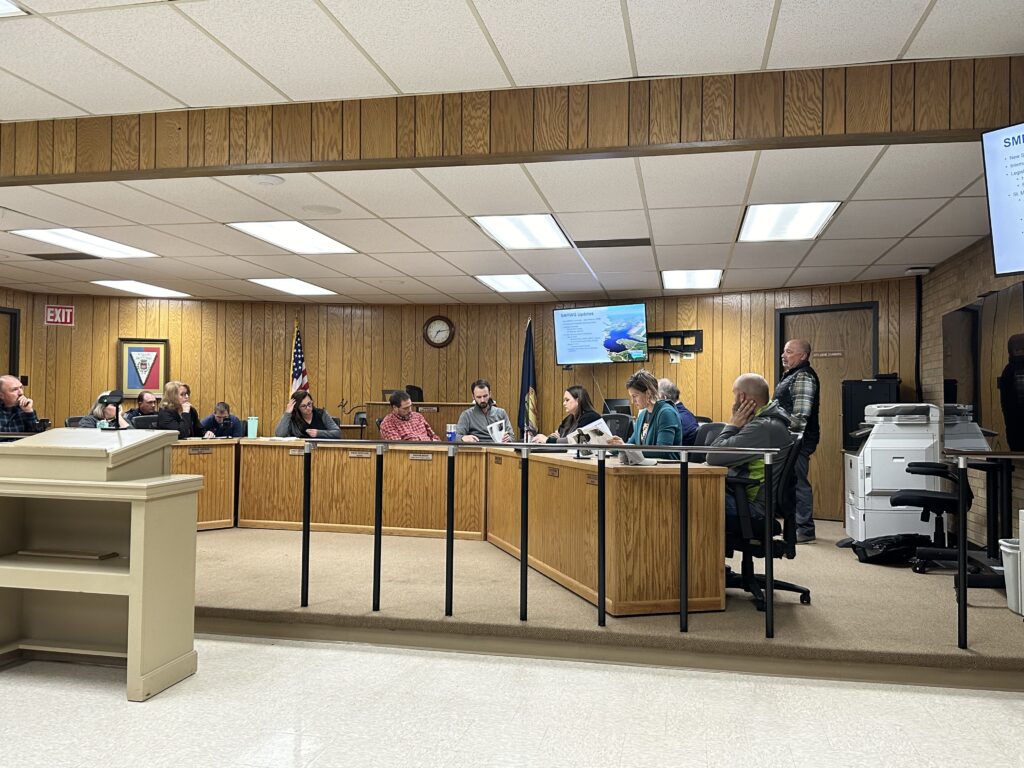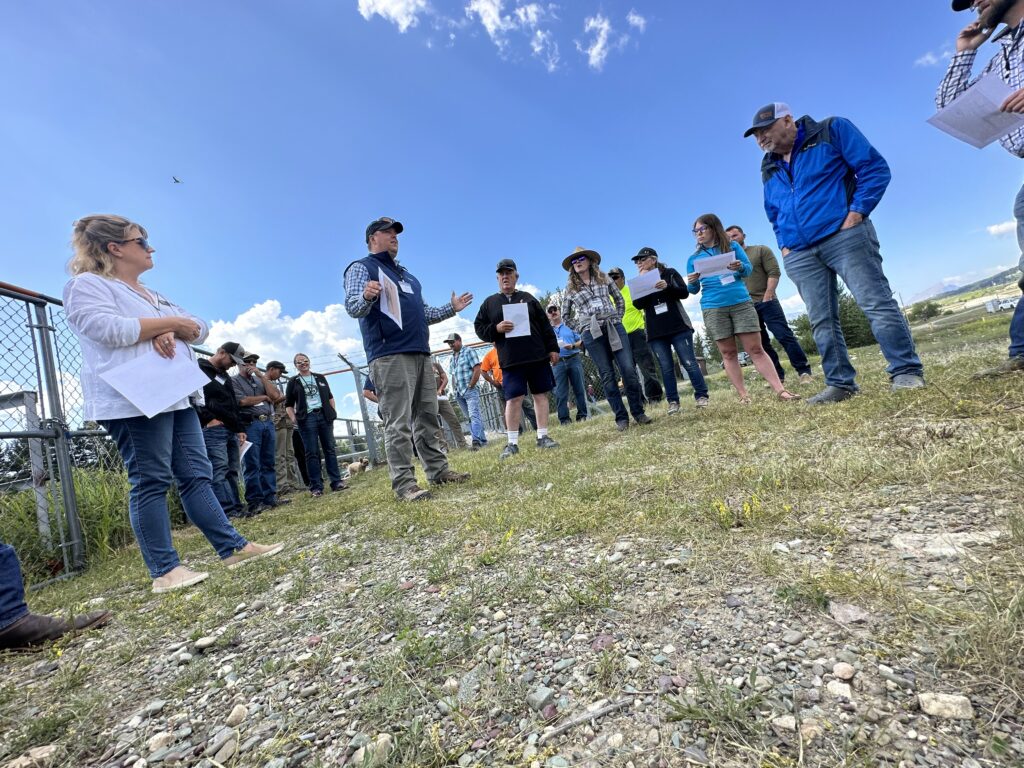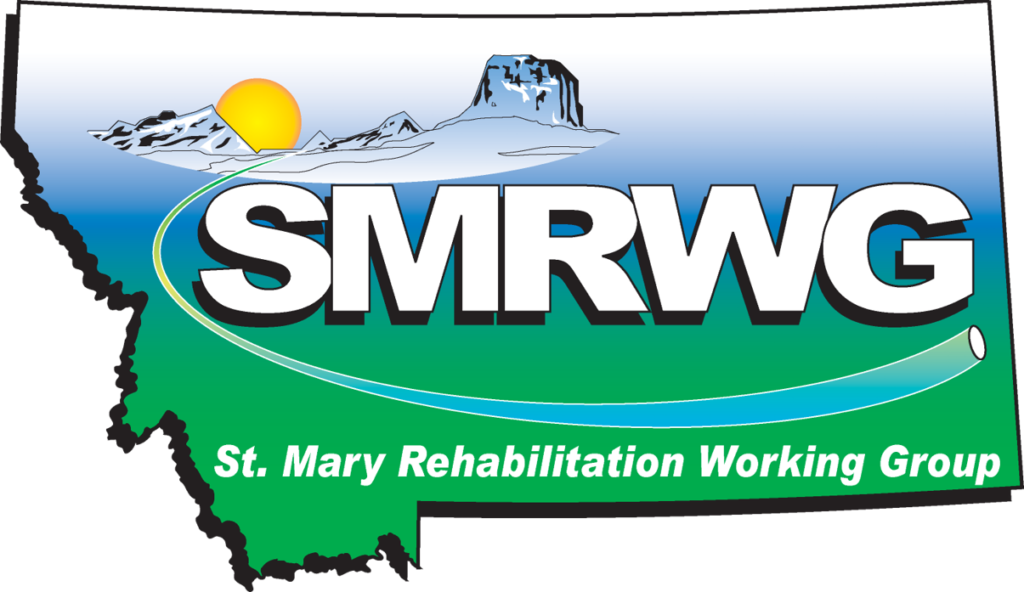The history and mission of the St. Mary Rehabilitation Working Group (SMRWG) are outlined in detail in your provided text. Here’s a summary of the key points:
Background: The SMRWG was established in response to the urgent need for rehabilitating the aging St. Mary Diversion and Conveyance Works, which had been in operation for over a century.

Formation: Lt. Governor Karl Ohs initiated the process in 2003, bringing together representatives from the State of Montana, federal and tribal governments, and Milk River basin water users. The goal was to seek congressional authorization and funding to modernize the system.
Mission: The primary mission of the SMRWG is to develop a “workable solution” for rehabilitating the St. Mary Facilities before they face catastrophic failure. This solution must be reasonable, sensible, and responsible, even if it doesn’t satisfy every interest completely.
Components of Rehabilitation: The St. Mary Facilities, located on the Blackfeet Indian Reservation, include a storage dam, diversion dam, head gate, canals, siphons, and drop structures. Most of these structures have exceeded their design life, and they require major repairs or replacement. The system’s capacity has decreased, and various issues, including slope stability problems, leaks, and deteriorating concrete, pose significant challenges.
Economic and Environmental Impact: The stability of the St. Mary Facilities is essential for the Hi-Line economy of north-central Montana. The system provides irrigation water critical to the region’s agricultural economy. Failure of the system would lead to a disastrous economic impact and potential environmental damage, affecting not only Montana but also southern Alberta.

Complex Considerations: Rehabilitating the St. Mary Facilities involves substantial financial, political, and legal complexities. These include addressing impacts on the threatened bull trout species, as well as Federal Indian Reserved Water Right Compacts, like the Fort Belknap Water Rights Compact, which depend on the continued viability of the system.
Cooperation: Successful rehabilitation depends on the cooperation and collaboration of all parties, including the state, federal, and tribal governments, as well as local stakeholders. The St. Mary rehabilitation is vital to prosperity of communities, both on and off the reservation, in the region.
Water Supply Dependency: The St. Mary River Basin contributes a significant portion of the water flow in the Milk River. The system is a lifeline for irrigation, with a substantial percentage of the water needed for agriculture originating from the St. Mary River Basin.
In summary, the SMRWG was established to address the urgent need to rehabilitate the St. Mary Facilities, which play a crucial role in sustaining the economy, communities, and environment of northern Montana. The mission of the group is to find a practical solution that can be implemented by all stakeholders to ensure the continued availability of water for the region’s diverse needs.









